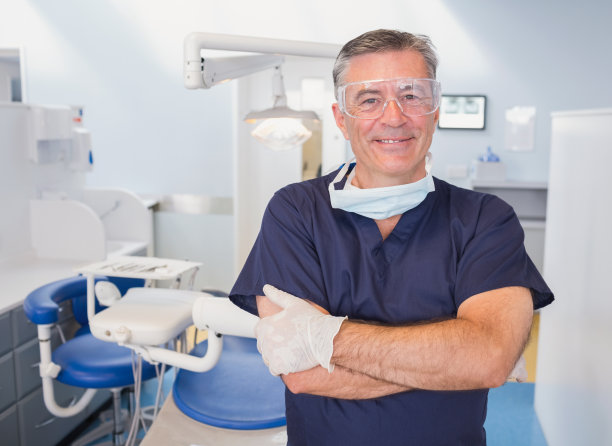The Essential Guide to Understanding the Tooth Extraction Process and Aftercare Tips for a Smooth Recovery
Summary: Tooth extractions can be a daunting experience for many, but understanding the process and adhering to aftercare tips can lead to a smooth recovery. This essential guide provides a comprehensive overview of the tooth extraction process, the different types of extractions, and the importance of post-operative care. By outlining necessary preparations, possible complications, and effective aftercare strategies, this guide ensures that individuals feel supported and informed throughout their extraction journey. Ultimately, being well-prepared can ease anxiety and contribute to a more comfortable recovery.
1. Understanding the Tooth Extraction Process

The tooth extraction process typically begins with a thorough examination by a dentist who assesses the condition of the tooth and surrounding tissues. This evaluation often includes taking X-rays to identify the tooths position and any existing complications. Understanding your unique case allows for a tailored approach to the extraction, ensuring a safer procedure.
Next, the dentist will discuss sedation options to keep the patient comfortable during the removal. Local anesthesia is commonly used for simple extractions, while general anesthesia might be necessary for more complex cases, like wisdom tooth removal. Patients should communicate any preferences or concerns regarding sedation with their dental care provider ahead of the procedure.
Once the patient is prepared, the extraction follows. The dentist will use specialized instruments to loosen the tooth and safely remove it from the socket. For wisdom teeth that cannot emerge properly, a surgical extraction may be required, involving incisions and careful manipulation of surrounding tissues.
2. Types of Tooth Extractions Explained
Tooth extractions can be classified into two primary categories: simple and surgical. Simple extractions occur when a tooth is visible above the gum line and can be removed with anesthesia alone. The process is generally less complex, making it a common choice for teeth that are damaged but easily accessible.
Surgical extractions, however, are more involved and may be necessary for teeth that are broken at the gum line or impacted beneath the gums. These extractions require additional steps, such as incisions and sutures, and often involve a longer recovery time. Understanding the type of extraction needed is crucial for managing expectations.
Aside from simplicity, the urgency of the extraction can affect the approach. Emergency extractions may need to occur if an advanced infection or a particularly painful situation arises, necessitating immediate intervention by the dental professional.
3. Potential Complications to Consider
As with any medical procedure, tooth extractions come with potential complications. Common issues may include bleeding, infection, or dry socket. Dry socket happens when the blood clot fails to form or is dislodged, exposing the bone and nerves beneath. This painful condition typically manifests a few days after the extraction.
Another complication can be excessive bleeding, which might occur if the extraction site fails to clot properly. If bleeding continues or becomes heavy, seeking immediate assistance from your dentist is essential to manage the situation appropriately.
Infection is another risk factor to consider. While dentists often provide antibiotics as a precaution, monitoring for signs of infection—such as persistent swelling, fever, or unusual discharge—is crucial. Recognizing these signs early can facilitate prompt treatment and ensure a smoother recovery process.
4. Aftercare Tips for Smooth Recovery
Following a tooth extraction, proper aftercare is vital for ensuring a smooth recovery. First and foremost, patients should rest and avoid strenuous activity for at least 24 hours to allow the body to heal. Ice packs applied intermittently can help control swelling and discomfort during the initial recovery period.
Diet plays a significant role in the healing process. Soft foods such as yogurt, smoothies, and mashed potatoes are recommended for several days following the extraction. Patients should also avoid hot, spicy, or crunchy foods, as these can irritate the extraction site and hinder healing.
Finally, maintaining good oral hygiene is essential. While it’s crucial not to brush directly near the extraction site initially, gentle rinsing with saltwater can help keep the area clean. Following the dentist’s specific instructions related to aftercare can help minimize complications and promote a quicker recovery.
Summary: Understanding the tooth extraction process—from preparation to aftercare—is essential for anyone facing this dental procedure. By being informed about what to expect, the types of extractions available, potential complications, and effective aftercare techniques, patients can navigate their recovery with greater confidence and less anxiety. The journey may seem daunting, but with proper care and guidance, a smooth post-extraction experience is entirely achievable.
This article is compiled by Vickong Dental and the content is for reference only.


